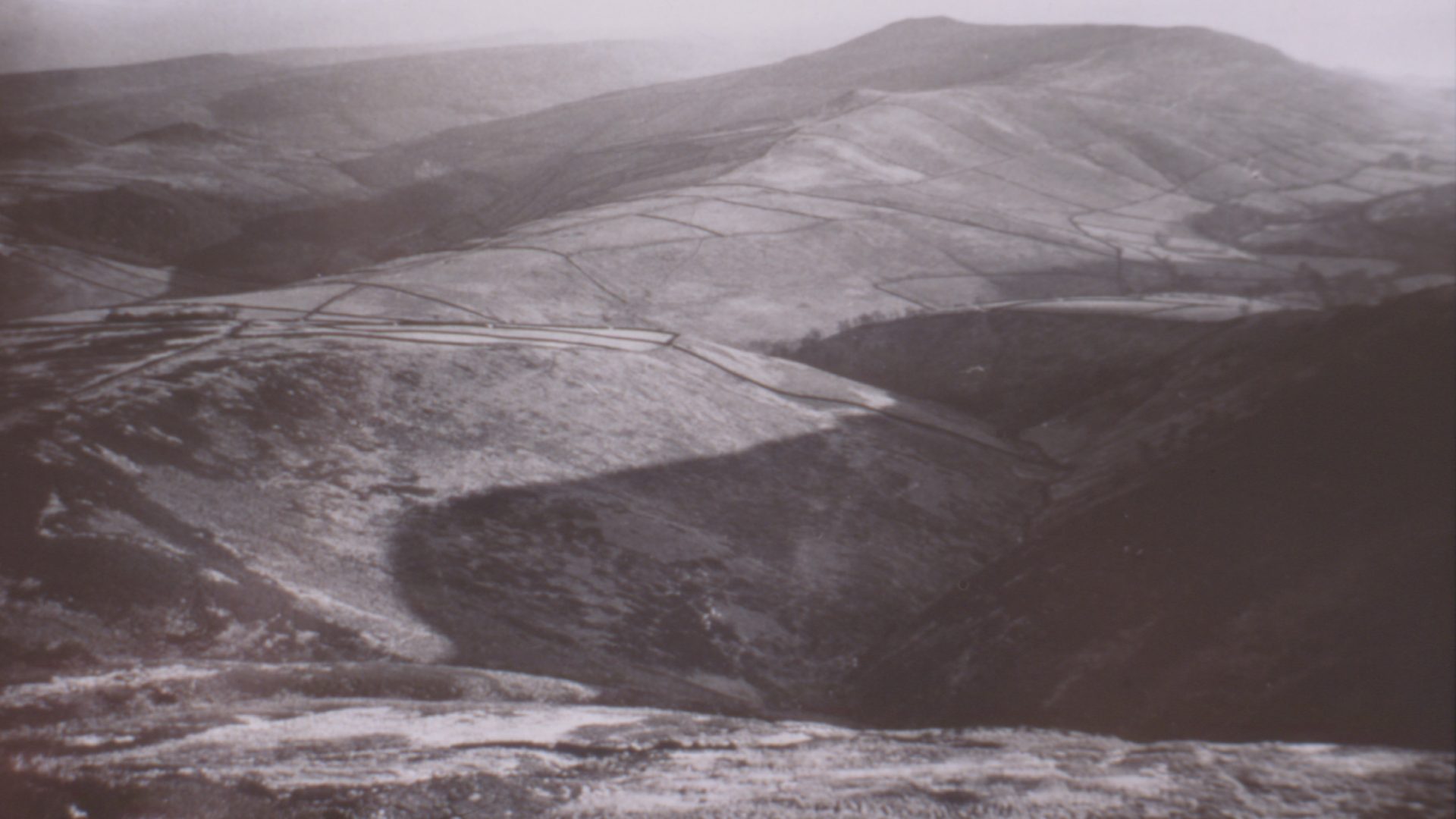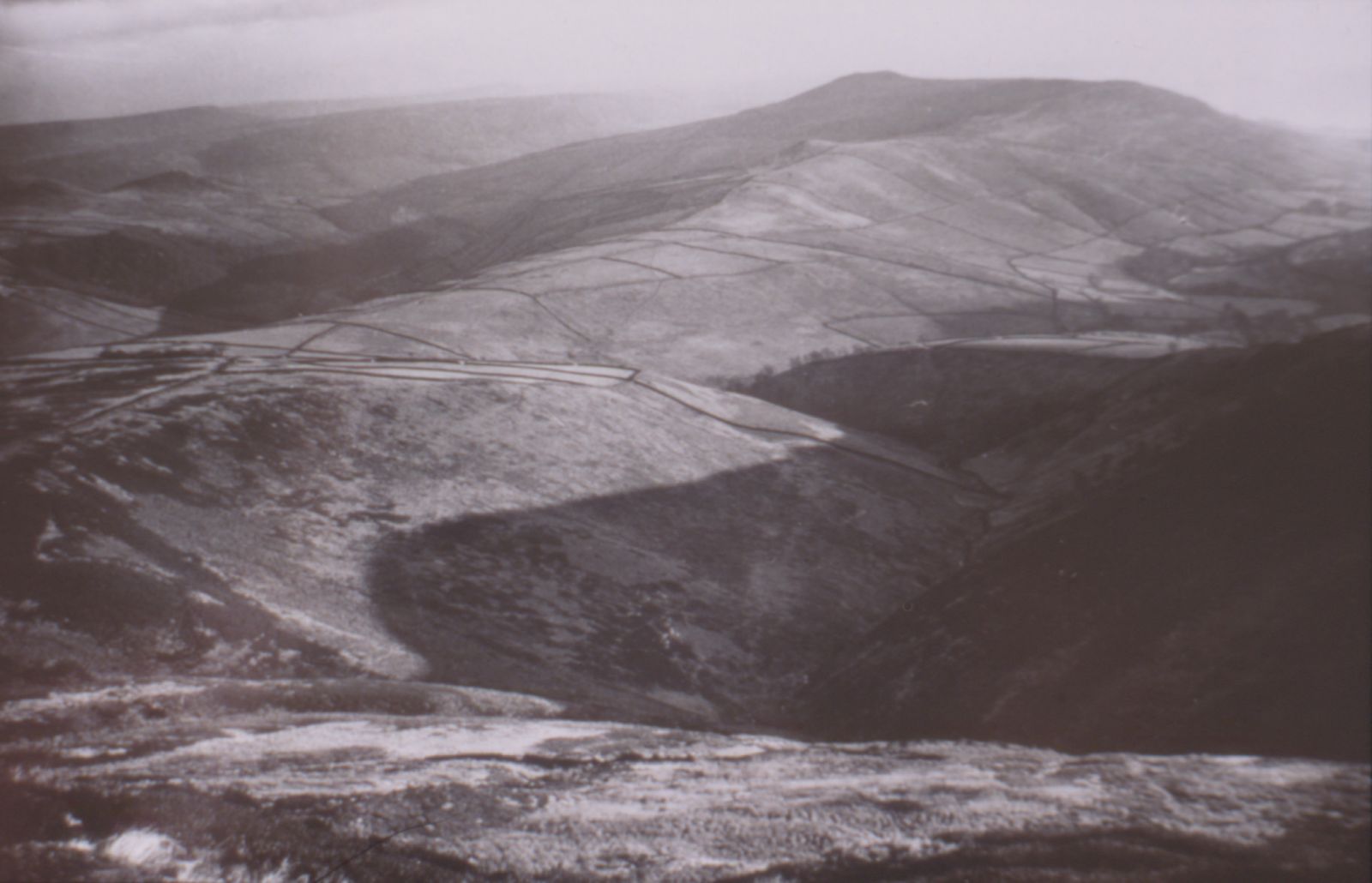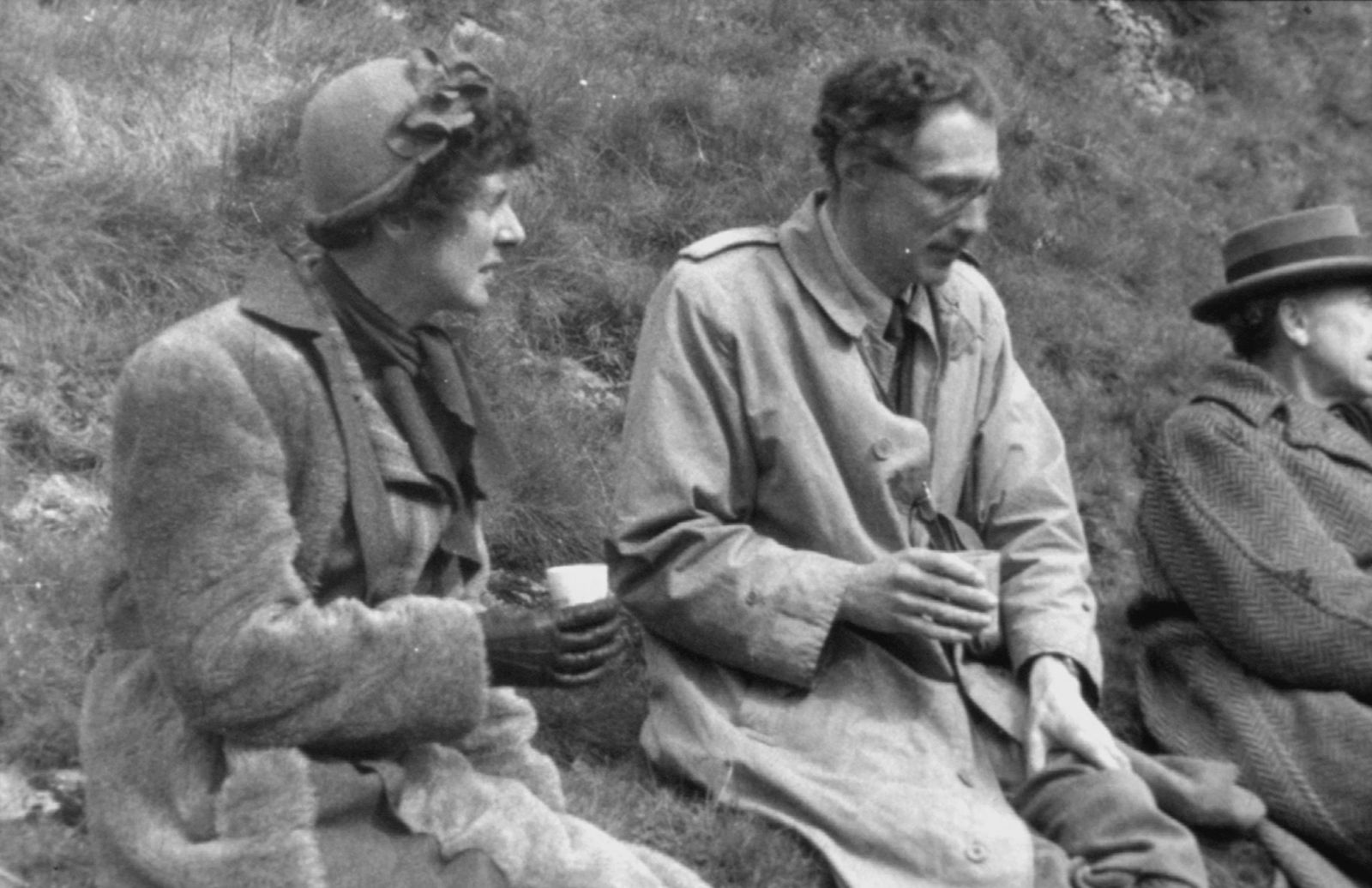
Reflecting on 70 years of Peak District National Park
April 2021

Photo: Win Hill from Kinder Scout, copyright CPRE PD&SY
Contrary to the media myth, our National Parks did not come about because of the Kinder Mass Trespass of 1932. The idea of National Parks dates back to Wordsworth in the early 1800s and then began to take hold elsewhere in the world, notably in the USA where the first to be created was Yellowstone in 1872.
Standing Committee for National Parks
After stop-start progress in Britain from the turn of the century, public pressure became more focused in the 1930s when CPRE, the Ramblers and the YHA formed the Standing Committee for National Parks, now Campaign for National Parks, to argue the case.
In November 1938, a group of organisations, including CPRE, the Ramblers, the Peak & Northern Footpaths Society, met at the Church Hotel in Edale (now the Ramblers pub) to begin the campaign for the Peak District National Park. Also present was John Dower, the civil servant whose work laid the bedrock of the 1949 National Parks Act. His advice was clear and firm: clearly worked-out proposals and strong local support would give the best chance of early success.
Friends of the Peak District
The Edale meeting had been convened by Ethel Haythornthwaite, the founder and leading light of what is now known as CPRE Peak District & South Yorkshire. She had already been taking soundings nationally on whether the time had come to campaign forcibly. Although CPRE nationally had misgivings (with the approach of war) she pressed ahead.
The group (by now the Joint Committee for the Peak District National Park) met again in Edale in early 1939, this time to task volunteers with a section by section survey of the proposed boundary. In an uncanny echo of history, 77 years later this Boundary Walk was also stitched together and refined by a group of dedicated local volunteers!

Photo: Members of the Hobhouse Committee – Ethel left, John Dower centre,copyright CPRE PD&SY
Of course, there were problems along the way. The East Cheshire branch of CPRE initially objected to the western fringe being designated but were talked down by John Dower. More difficult was the schism with those solely supporting National Park status for Dovedale, led by Frederick Holmes, the chair of the Buxton Committee of CPRE. Happily, Dower (who was tasked with bringing forward the first round of proposed parks) favoured the same wider Peak plus Dovedale scheme that was being promoted by Ethel’s Joint Committee.
The first National Park
The next hurdle, once the National Parks Act was passed, was to defend the Joint Committee’s boundary at inquiry when the Government proposed a smaller area. By this time, the prize of being the first National Park to be designated was uppermost in the Joint Committee’s mind. Under pressure from the Inspector, some of the areas originally proposed (notably around Brassington and Bradbourne) were let go, rather than face interminable wrangling and delay. Finally, on 17 April 1951, the Peak District became the first National Park, due in no small part to Ethel’s vision and determination to force the pace.
The boundary has surely stood the test of time and is largely as we would wish it. No serious attempts have yet been made to enlarge it, although the exclusion of the moors east of Stalybridge and Mossley (where the boundary follows the edge of Lancashire, which was politically opposed to the park) is surely the biggest anomaly in landscape terms. Sadly this omission has also led to this beautiful area being blighted by the pylons that bestride the moors between Tintwistle and Stalybridge.
Pushing boundaries
But with the extension of the Lake District and Yorkshire Dales National Parks in 2016, the Glover Landscapes Review in 2019, and the huge increase in visitor numbers to the countryside in 2020 and 2021, should we push our boundaries yet again? The proposed ‘Great North Bog’ project seeks to protect 2700 square miles of our uplands from the Midlands to the Scottish Borders. Bold ambitions on a whole landscape scale. So should more of our precious landscapes be protected? The Hobhouse Report of 1947 identified 154 square miles of the South Pennines as one of 52 ‘Conservation Areas’ from which it was envisaged additions to National Parks would be made. That was almost 75 years ago …. Perhaps that time has come?
(The original version of this article by Dr Andy Tickle first appeared in the guidebook to the Peak District Boundary Walk which is available from CPRE Peak District and South Yorkshire)
